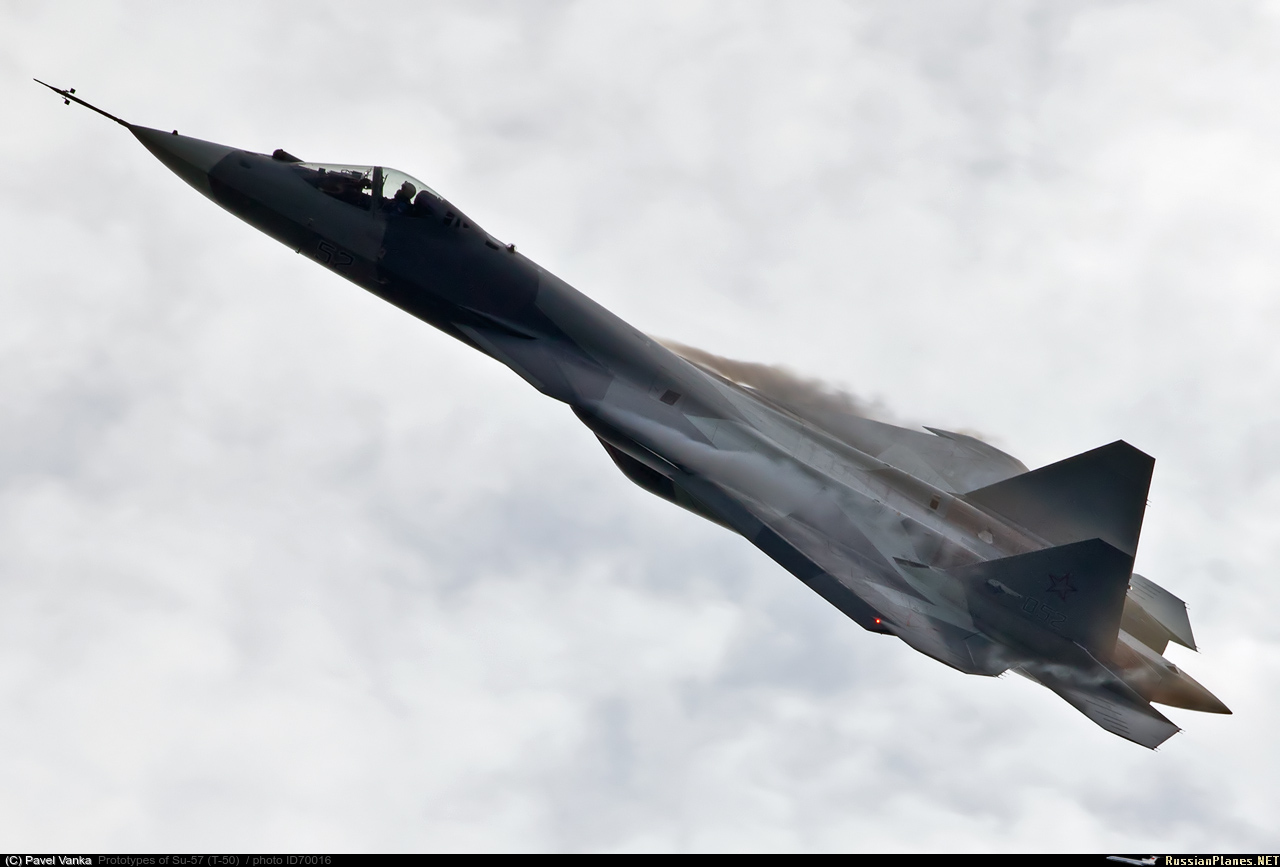Not very likely you going to get supercrusing performance with these engines. You would need at least something in the rank of 117S . That doesn't mean J-20 could not start a fight from superior position (higher speed and height) . Relatively low T/W would matter later in the combat when you need to regain energy quickly.
Also, if you get into prolonged air combat where STR matters, you are already subsonic 99% of the time. Simply saying, J-20 would start with supersonic speed, use excellent ITR to get first shoot. But in the process it would bleed lot of energy . If it misses, things would get ugly because it would get in a low-speed dogfight were delta-fighters with mediocre T/W don't have much chance.
As for J-20 low-speed handling, I admit it is enigma. We could only make conclusions based on what we saw, and what we know about similar aircraft in similar circumstances . If PLAAF records a demo of J-20 with superb low-speed handling (like Americans did with F-22, and Russians with PAK-FA) I would be willing to eat my words
Not the current engines clearly. The J-20's a dud without F119 class engines. I don't think we should assume that it will continue to be underpowered though. If the WS-15 fails (and I doubt it will), it's unlikely that China wouldn't find another solution, even if it has to be foreign.
Most air combat is not prolonged, and with improving missiles and sensors the expectations is that they will only become shorter engagements. Furthermore, as you mentioned, the whole point of having F119 class engines is to provide the acceleration necessary to overcome energy bleed in prolonged air combat. We're not having the same debate if one of us is assuming the J-20 won't be powered with adequate engines and the other is.
As for J-20 air shows...you'll be waiting for a long time. China doesn't like to showboat, especially in its development phase. Russia has a very strong incentive to do so that China doesn't share, at least not with the J-20. The F-22 itself wasn't showboated until its production run, and despite all claims that the YF-23 was aerodynamically superior, we of course never saw it showing off.
Last edited:




